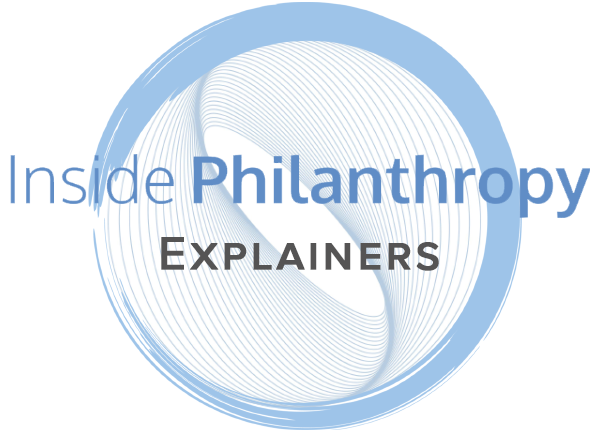IP Explainer: What is a Grant Report?
/What’s the difference between a grant and a gift — and how do you get one? How do foundations work? What’s all this about 501(c)(3)s versus (c)(4)s? These are just a few of the questions that might be running through your mind if you’re new to the world of philanthropy and fundraising.
It doesn’t need to be so confusing.
Inside Philanthropy has produced a series of brief “explainers” to introduce you to the basics of philanthropy, defining key terms and elucidating important debates to help you find your way through all the jargon to become a more informed, more effective fundraiser.
Today, we look at the grant report, which comes in all shapes and sizes and ideally represents just one part of an ongoing relationship between funder and grantee.
What is a grant report?
A written explanation of how a nonprofit used a grant.
There are as many types of grant reports as there are funders.
A grant report is a document that lets a funder know how a nonprofit used their grant. Ideally, there is an ongoing relationship between funder and grantee — so the grant report isn’t the first time the funder hears how a project is going, but it is the formal document that encapsulates what happened during the funding period. The report usually includes how the money was spent, outcomes and impacts of the project, and lessons learned.
Grant reports come in all shapes and sizes. Larger, staffed foundations generally have their own (often very specific) requirements for grant reports — this may be as detailed as how to format it, how many words to write in each section of the report, and whether to submit it via a web portal or an email. Other funders may leave it to the nonprofit to decide how to format the report and exactly what to include.
Most grant reports include both written sections and financials — for example, a budget spreadsheet that shows how the grant money was spent. Some grant reports are short and sweet; others require detailed documentation of expenditures or extensive appendices with things like press clips of media coverage of the funded project.
It’s important to know early in the grant period, before signing an agreement, what a funder will want in the report (which is usually submitted at the end of the funding period). For example, if they’re going to want to know the number of people served by a project, you’ll need to keep track of that information throughout the grant period. Or the funder may ask for 500 words each on four particular questions, and you’ll want to build in time to gather information, reflect and write.
Beyond what the funder asks for, you may want to include additional elements that bring the project alive — things like photos of activities funded by the grant, or testimonials from people who were positively impacted by it.
Reporting on time and in the format requested is a critical part of the grant cycle. Ideally, the grant report is an opportunity to meaningfully communicate about a project and deepen an ongoing relationship with a funder.









